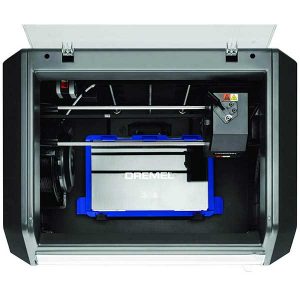FDM 3D printing technology is employed in the majority of 3D printers for making parts and functional prototypes.
This 3D printing technology enables you to print with the widest range of 3D printing materials. You can print with polymers, composites as well as metals.
One of the 3D printing materials is known as PET. It is a polymer used for making bottles that you see around yourself.
It has become so popular that a modified version of this material PETG has also found its application in various industries.
By PETG 3D printing you can make reliable and affordable daily used products. So, let’s find out the printing process of making parts and functional prototypes using PETG material.
Going forward in this article we will also discuss 3D printers used for printing with this material and the printer settings. But for now, let’s start with the properties of PETG.
What is PETG 3D Printing Material?
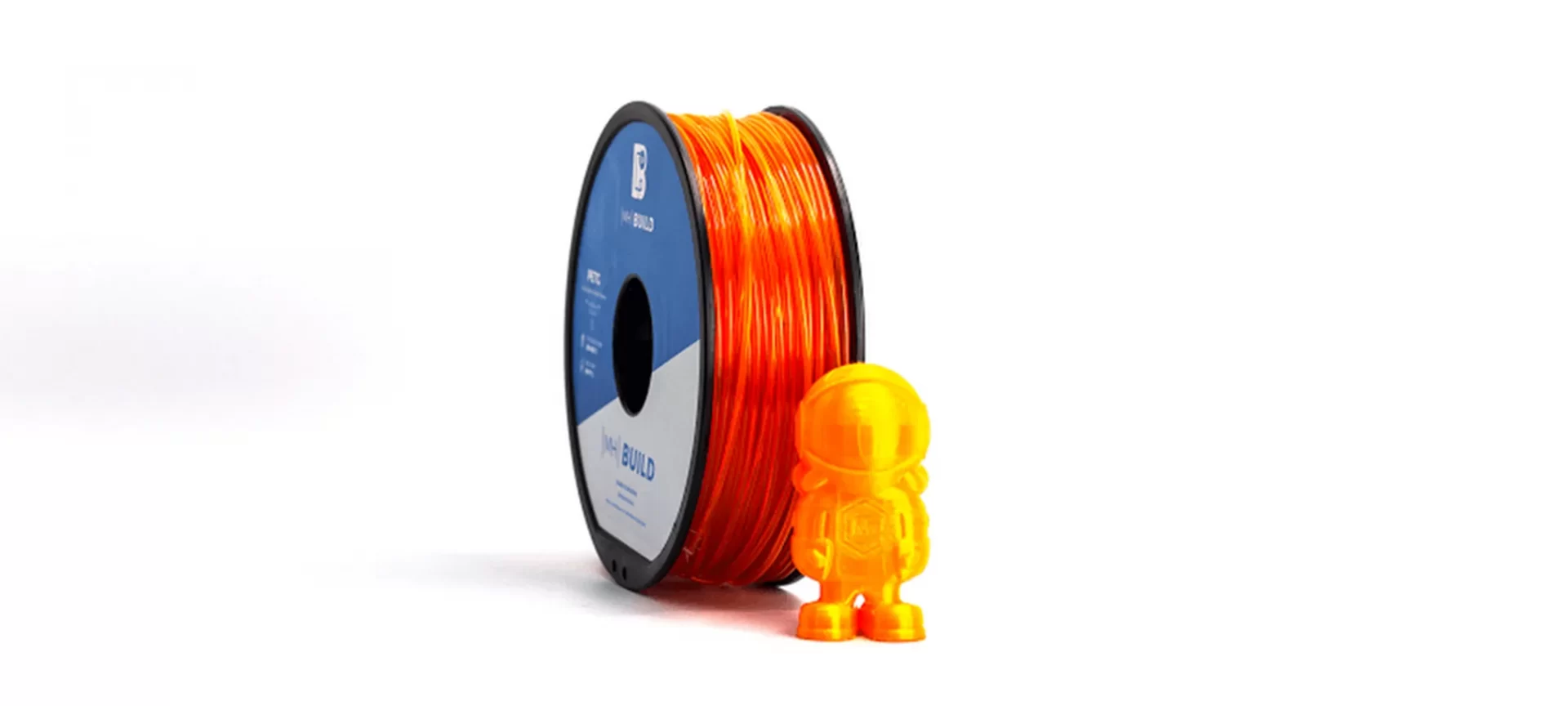
Polyethylene Terephthalate glycol is known colloquially by the name glycolized polyester. It is a thermoplastic that is renowned in the field of additive manufacturing for possessing the simplicity of PLA and the strength of ABS.
It is an amorphous plastic, one that is 100 percent recyclable and hence is environmentally sustainable. Its chemical composition is the same as PET, from which it is upgraded, by the addition of glycol. The brittleness of PET is reduced and the resulting PETG is a more fragile 3D printing material.
PETG 3D Printing
As mentioned in the introduction of this article, PETG can be 3D printed using FDM 3D printing technology.
PETG, like every other material, is allowed to pass its glass transition temperature and then extruded in the pattern according to the 3D design file.
This process is repeated layer after layer and a complete part is created.
Step 1:
A PETG filament spool is loaded into the printer. After that has been done, the nozzle is allowed to reach glass transition temperature. Then, the PETG filament spool is fed to the extrusion head and the nozzle. The melting process happens in the nozzle.
Step 2:
Normally, the extrusion head of the 3D printer is connected with a three-axis system. Because of this, it can move in either X, Y, or Z directions.
The melted PETG is extruded in thin strands and deposited layer after the other in places, as mentioned in the 3D design file.
After it is deposited, it is allowed to cool down and solidify. The cooling of PETG is usually accelerated using cooling fans that are attached to the extrusion head.
Step 3:
After one layer is completely printed, the build platform moves down by a fixed height.
Different 3D printers have different heights which are always mentioned while you are out there buying these printers, by the name layer height.
After every layer printing is completed, you get the 3D printed object as per the modeling.
Recommended PETG 3D Printers
From the many available PETG 3D printers, we have sorted out the most reliable and affordable ones for you.
Dremel Digilab 3D45
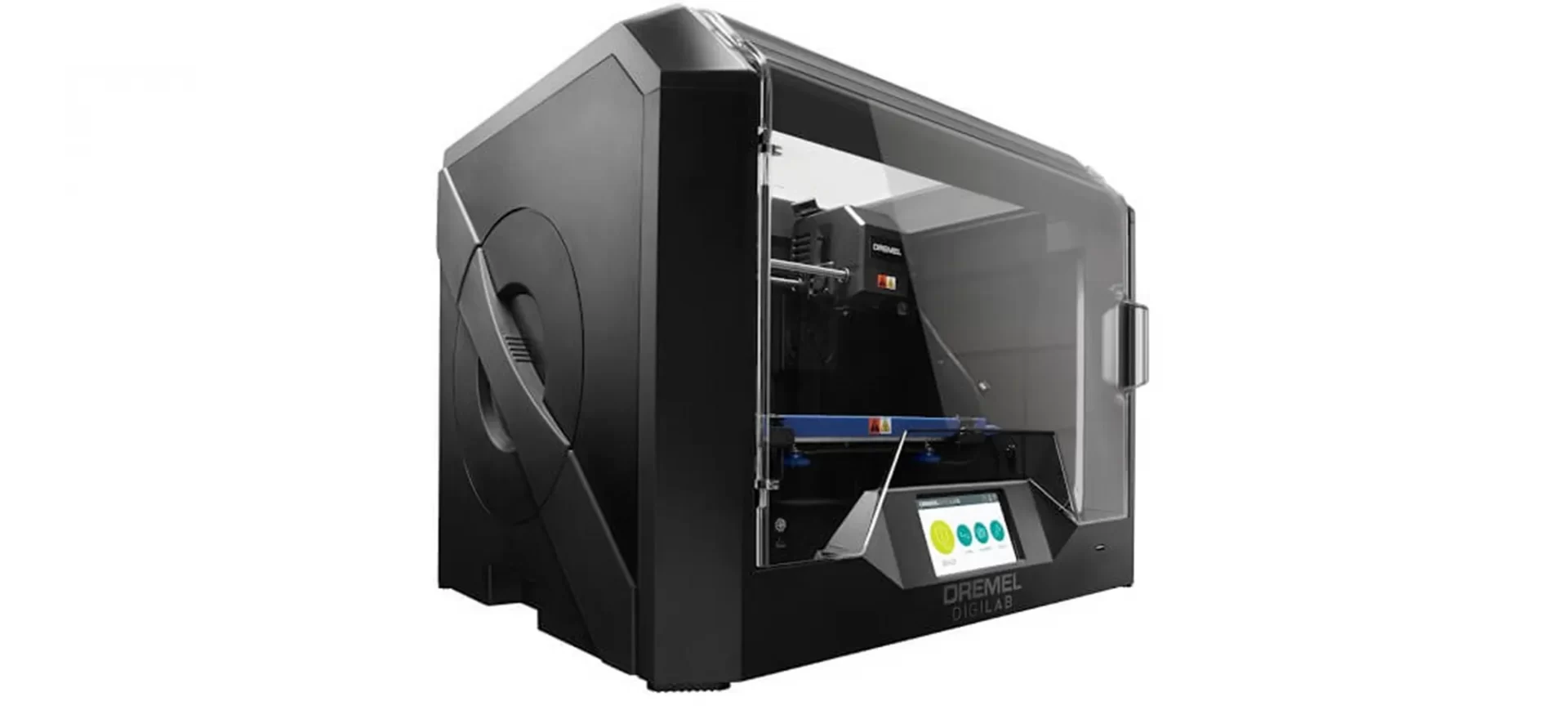
To ensure there is no flaw in their printers, Dremel supplies you their printers after checking them for hours of 3D printing.
Below are some of the most intriguing features of this printer that make it number one on our list.
Features:
- All metal hot end direct drive extruder for 3D printing various materials.
- The parts and functional prototypes made using this printer have 50 microlayer resolution.
- You can print with three more 3D printing materials apart from PETG in this printer. They are; Nylon, Eco-ABS, and PLA.
- 720 pixel HD camera for monitoring the complete print process.
- Enclosed build chamber and heated build plate.
- Touch screen interface.
- Works wired as well as wireless.
Dremel Digilab 3D45 is a safe and sound PETG 3D printer that is perfect for your home environment.
|
Da Vinci Super
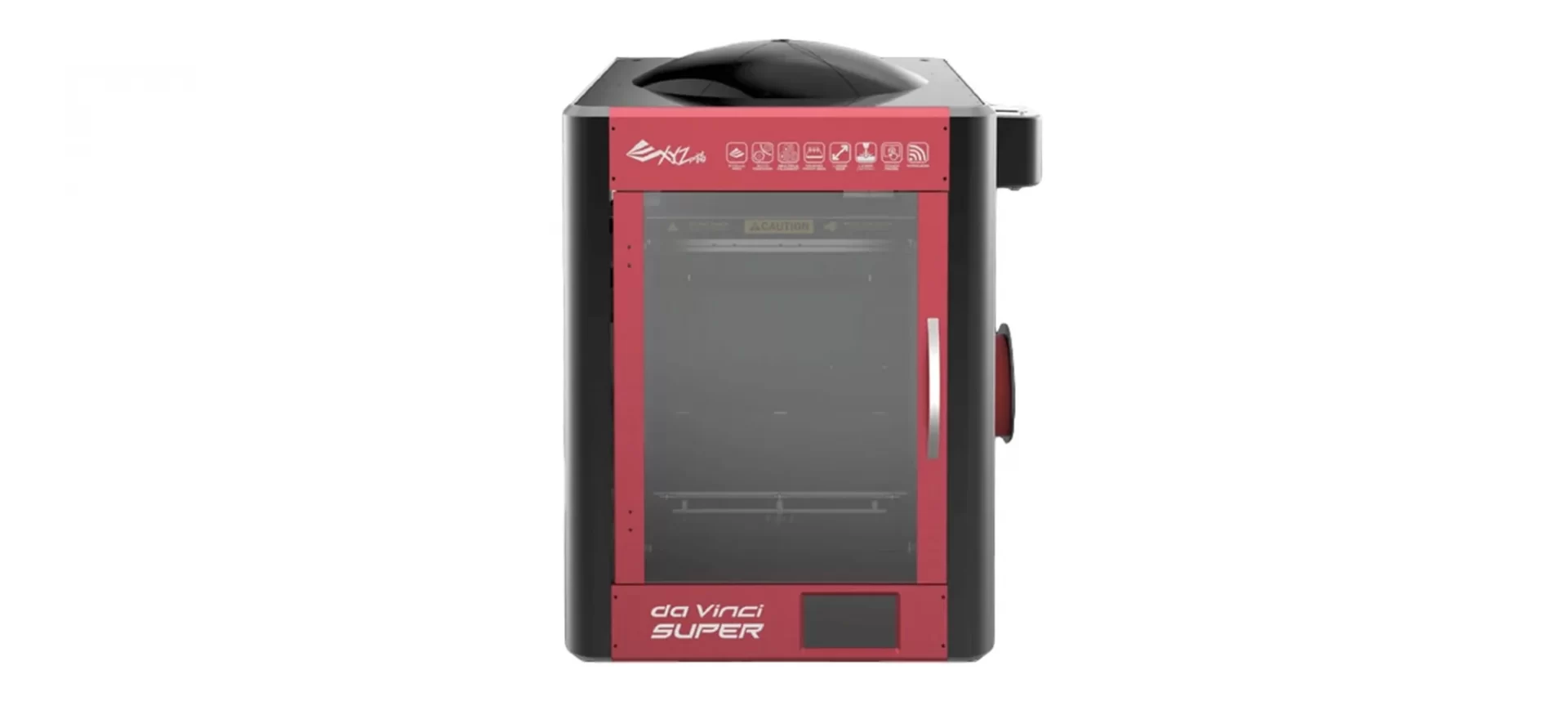
This one’s a large-format 3D printer, the best part of which is, it supports all third-party filaments. It’s engineered keeping in mind offices and workshops.
Features:
- Allows you to print parts and functional prototypes of large volume.
- Automatic platform calibration eliminates the chances of flaws possible in manual calibration.
- Offers a wide range of layer resolution from 20 to 400 microns.
- Can print at 180 millimeters per second.
- Apart from PETG, you can print with Carbon Fiber, Nylon, TPE, HIPS, ABS as well as PLA.
- The user interface of this printer is available in many languages.
Even when your power goes off, the work that you did will stay because of the saving feature of this PETG 3D printer.
BCN3D Sigma R19

An easy-to-use professional 3D printer, Sigma R19 comes with an independent dual extrusion system. You’d be able to design two parts in the time that you can make only one on other 3D printers. This one allows you to print in different print modes.
Features:
- Hot ends by e3D.
- High-tech dual drive gears.
- Filament runout sensors.
- Improved user interface.
- Printing at the mirror and duplicate modes.
- Interchangeable tool heads.
- Printing with PLA, ABS, Nylon, PVA, TPU, Composites, and Carbon Fiber apart from PETG.
This is an ideal printer for those who wish to increase their print capacity as well as manufacture industrial-grade parts.
What Are The Applications of PETG 3D Printing?

- Because of its limited reactivity to moisture as well as chemicals, PETG is very often used in the food and beverage packaging industry. And as the material is 100 percent recyclable, parts and functional prototypes made by this material are favored by companies in this business.
- Apart from food packaging, the produces made from PETG 3D printing find their application in Consumer products. Cosmetics, soaps, detergents as well as another chemical packaging that are used by major consumers are made using this technique.
- The other industry apart from consumer products is textiles. PETG is used for creating polyester fabrics. The textile products made by this material vary anywhere from the jacket that you see around you to the sleeping bags used while trekking and much more.
- In healthcare, PETG 3D printing’s use is seen in dentistry and orthodontics. Dental aligners made by brands such as Invisalign, Smile-Direct Club deploy PETG.
How to 3D Print Using PETG 3D Printing?
Before printing with PETG filament, if you have already understood its strength and weaknesses, nothing surprises you. Moreover, you can bring out the best from this material. If you have already calculated and pondered about the important issues, printing any specific geometry using PETG filament becomes a piece of cake for you. The below-mentioned five points aim to assist you while PETG 3D printing.
Extruder and build plate’s temperature range
You will find that many times the melting point of PLA and PETG is expected the same, which is not true.
The latter has a higher melting point than the former one. Therefore, it is necessary to set the extruder temperature a little higher than we set it for PLA.
The recommended extruder temperature for PETG is 210 to 250 degrees Celsius. Coming to the build plate’s temperature range, it is fine if you set it anywhere from 80 to 100 degrees Celsius.
Use a cooling fan
It is suggested that while printing with PETG, you must use a cooling fan. Doing so, will decrease the temperature of the filament at the hot end and help you with retractions.
Cooling at fast speeds will mean that there will be details on your prints. Additionally, your prints will be without any kind of stringing or blobbing.
Of course, we advise you to not leave the fan open while printing the first two layers, but after the foundational layers are printed, the fan can run at full speed.
Ensure proper calibration of your printer
This is true not only while 3D printing with PETG but in general for any material. It is important that you get the first layer right, without which you will most probably need to reprint the entire object.
For ensuring you have got it right, it’s necessary to have the build platform’s calibration right. Automatic calibration is preferred over manual calibration. Because doing so decreases the chances of human error.
The data and studies done on PETG printing conclude that the PEI build plate is the most suitable surface. The surface finish on the bottom is not rough, just like how it is in the glass.
And after the printing process is completed the 3D printed object can be removed from the surface with some effort. Once that is done, you will get the build plate’s surface clean and smooth.
Print Speed Range
Very often, it is the print speed that determines the quality of the printed part. For PETG 3D printing you are suggested to keep the print speed of your printer between 60 to 100 millimeters per second.
Printing at a speed higher than 100 millimeters per second would not let you achieve the kind of detailing you to require in the finished object.
Whereas printing at a speed slower such as 30 to 60 millimeters per second is only recommended when you purposely want a higher quality print.
Nozzle Maintenance
In case your nozzle would not be clean enough, the blobs of the filament will stick over there and finally get deposited on another part of the print. This would mean some kind of major miss-printing.
After getting deposited, that part will harden up and the nozzle will bump into it. A layer shift that will happen as a result of this can be very harmful to the part that is to be printed.
To make sure any of this does not happen, keep the nozzle clean, for doing so if you have to pause the printing process, do not hesitate. Pausing is better than printing and failing.
A simple way to eradicate this problem is to look out for options such as the “Extra restart distance” or “coasting” option located in the extruder tab.
There is also another option called dynamic retraction. In this option, you can retract the filament when the extruder is moving. Doing so will completely eradicate the blobs that are formed by stationery retraction.
What Are The Advantages of PETG 3D Printing?
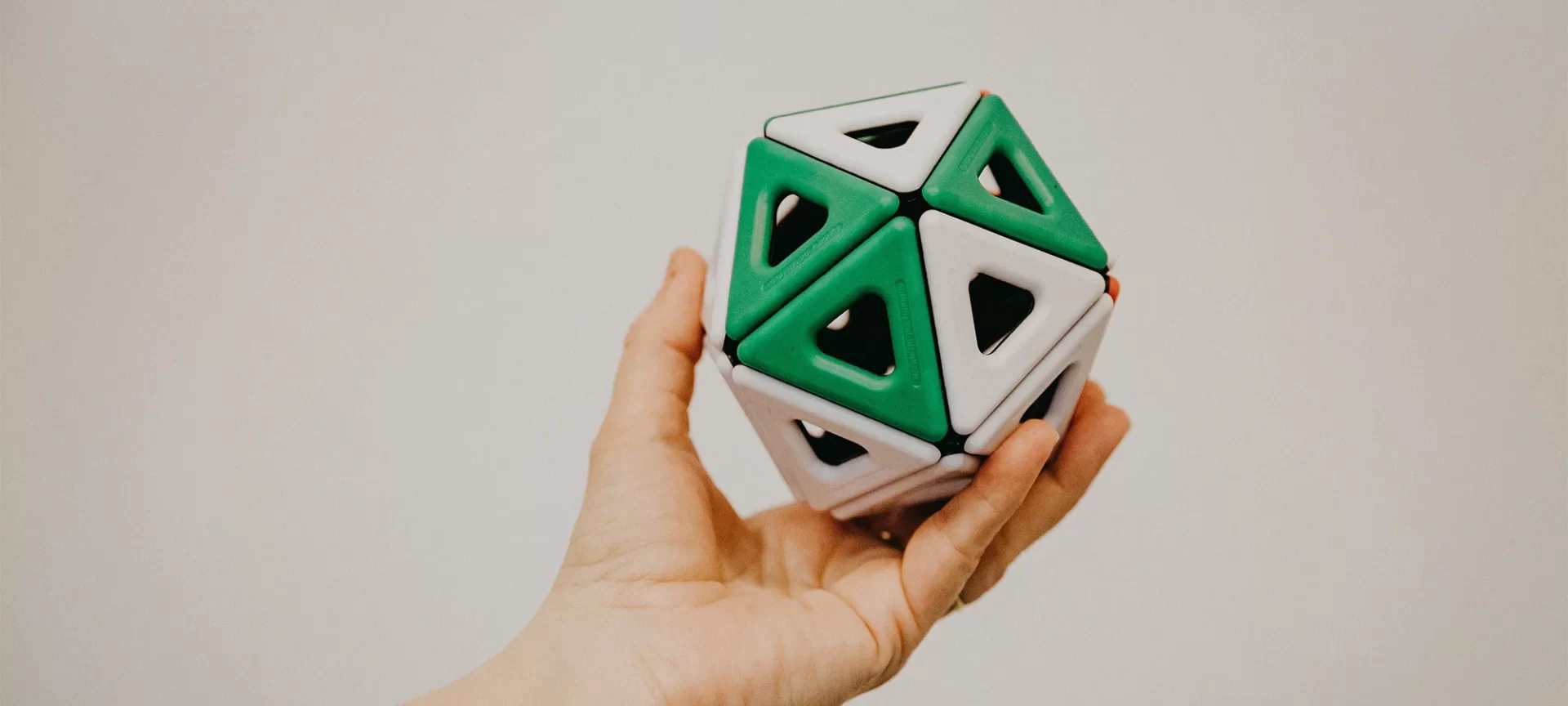
- The material is chemical resistant and that’s why used in the food and consumer goods packaging industry.
- PETG’s flexibility makes it super durable compared to materials like PLA.
- Being moisture resistant, PETG can be used to make beverage packaging material.
- All the parts and functional prototypes manufacturing using PETG 3D printing process exhibit excellent surface finishes and that is the major selling point of this filament.
- The parts made from this 3D printing process are completely recyclable and hence there are no environmental concerns.
- You can print PETG parts in a printer that is not enclosed.
What Are The Disadvantages of PETG 3D Printing?
- If the adhesive is not used for printing parts and functional prototypes, the material has complaints of curling off from the build plate. So, you will have to spend extra for buying glue sticks.
- For making parts that need to manifest stiffness or strength of something like carbon fiber, you cannot use PETG. It can be used for making parts wherein the requirement is somewhere between ABS and PLA.
- Cooling fans are required to expedite the process of 3D printing.
The Conclusion
Using PETG 3D printing you can generate parts of high-quality surface finish that will enhance your place’s ambiance. It is an exceptionally strong material and above all, it can be recycled.
Parts and functional prototypes made from it would be durable; they’d exhibit impact resistance properties. This level of strength and simplicity cannot be replicated either by ABS or by PLA.
But you need to make sure about the extruder temperature range, print speed as well as build plate temperature before starting your 3D printing process. And after that, you are good to go.

